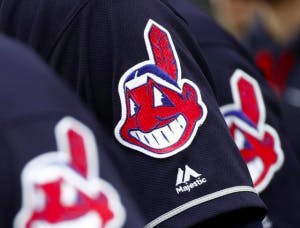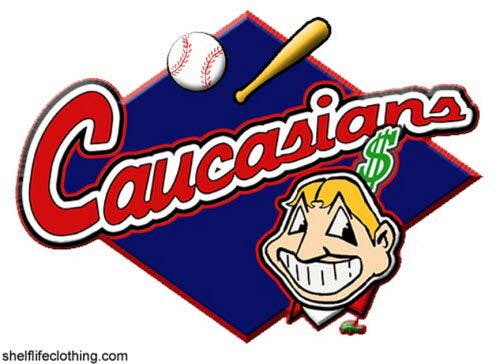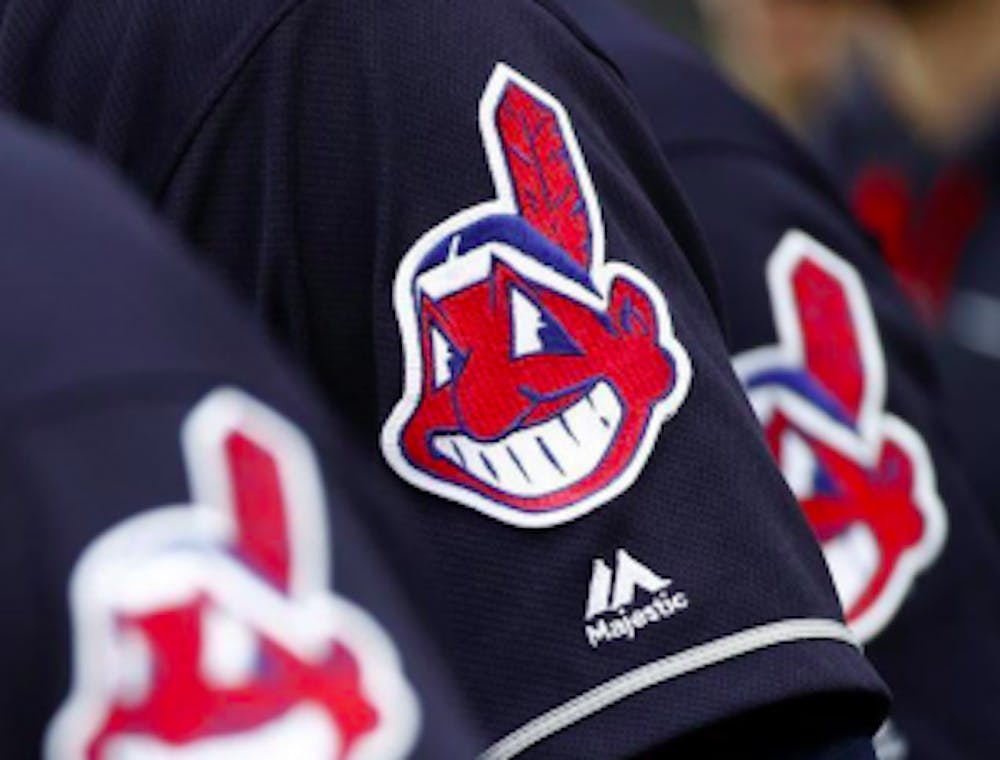On Jan. 29, 2018, the Cleveland Indians baseball team announced that beginning in the 2019 season, the controversial ‘Chief Wahoo’ logo would no longer be worn on the field by the players. They did, however, say the logo would still be sold on team apparel. While that isn’t the ideal situation for those wishing to push the logo completely out of baseball, it is a step in the right direction for the cause.
MLB commissioner Rob Manfred made a statement earlier this week regarding the change. "Major League Baseball is committed to building a culture of diversity and inclusion throughout the ga

me. Over the past year, we encouraged dialogue with the Indians organization about the club’s use of the Chief Wahoo logo. During our constructive conversations, [Clevland Indians CEO] Paul Dolan made clear that there are fans who have a longstanding attachment to the logo and its place in the hist
ory of the team. Nonetheless, the club ultimately agreed with my position that the logo is no longer appropriate for on-field use in Major League Baseball.”
Many Native Americans and those who push for racial equality are happy at the news of the change but Cleveland natives who have grown accustomed to the logo are sad to see it go. With Indianapolis sharing Midwest space with Cleveland, IUPUI students weighed in on the change via Twitter this past week.
Of 210 votes in a poll posted Feb. 1, 39% thought this was a good move, while 24% claimed they hated it. The remaining 37% simply didn’t care but other students weighed in their opinions.
“It was bound to happen. Glad it’s being brought to national attention rather than only Universities getting in hot water for their mascots, such as the Florida State Seminole,” said Morgan Campbell, who brings up a good point that there are still a handful of professional and collegiate sports teams dawning names representing Native American culture.
It has been up for debate among many if the logo and name are offensive or if they in fact celebrate the culture, but over the years it has become apparent that it offends more than anything else.
“It’s hard for me to put myself in the Native Americans’ shoes just because I cannot relate, however, if some team or school’s mascot was a basic white girl, I’d be a lil offended too,” Erica Hurt, a IUPUI student tweeted. Hurt brings up a good point that many have already tried to make.

ESPN anchor, Bomani Jones most notably wore a T-shirt on air with a mock-Indians logo called ‘Caucasians’ with a version of Chief Wahoo, drawn as a white man. He came under fire for a while for pointing out the double standard that exists when it comes to racial equality in sports logos and team names.
This has definitely been a hot button issue for decades leading up to the retirement, but not many know the history behind Chief Wahoo and why the logo may be offensive. The “little Indian” logo originated in 1947, replacing a simple blue block ‘C’ logo. It was created by Walter Goldbach, who at the time was 17 years old, and didn’t see the potential issue with the logo. He simply thought it represented “joy and enthusiasm.”
It was minimally changed again in 1951, and since then has picked up the name Chief Wahoo, though no one seems to know why. And since then the logo has sparked interest among activists and tribe members alike, all claiming that Chief Wahoo makes a mockery of Native American culture and that Native Americans are the only ones subjected to this kind of treatment. “We are repulsed as a society by black or Asian caricatures or stereotypes, but Native people are not regarded the same,” wrote Jacqueline Keeler, someone who is both a Cleveland native and a Native American, in 2014.
IUPUI Students React to Retiring the Indians Logo

Heads up! This article was imported from a previous version of The Campus Citizen. If you notice any issues, please let us know.
The current Cleveland Indians logo
T-shirt design sold by 'Shelf Life Clothing' worn by Bomani Jones on ESPN




